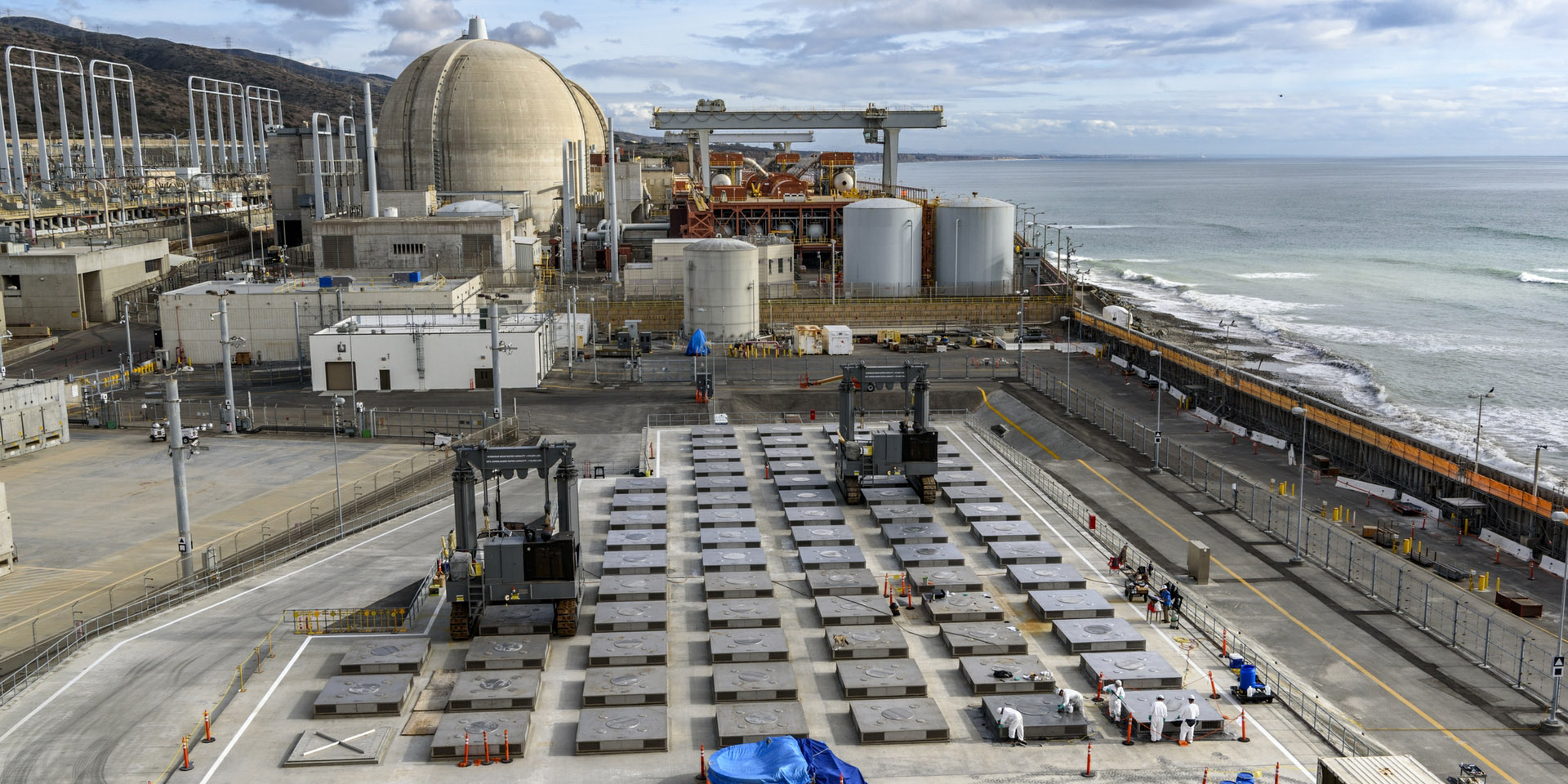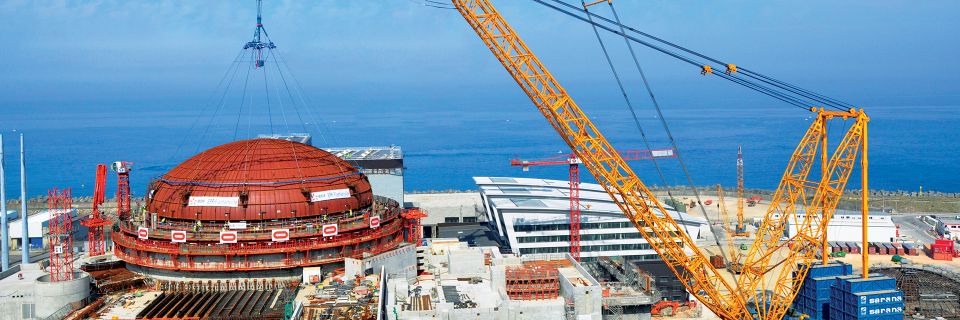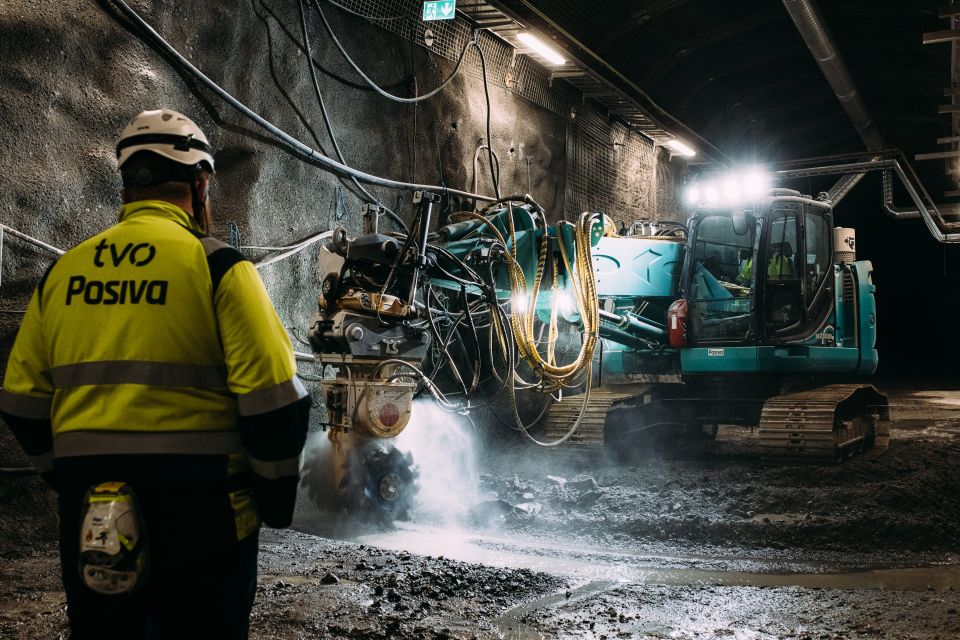Dry cask storage at the closed San Onofre Nuclear Generating Station in Southern California. Photo: Southern California Edison
Saying they are cautiously optimistic that the Biden administration can change the U.S. trajectory on nuclear waste, some Stanford University experts have offered their recommendations on how it can be done in a recent Stanford news posting.
Noting that nuclear power will play a key role in transitioning to clean energy and meeting President Biden’s ambitious climate goals, the Stanford faculty and scholars said that the administration will need to break the stalemate over managing the approximately 83,000 metric tons of used nuclear fuel scattered at aboveground sites around the country. Sally Benson, Stanford professor of energy resources and engineering, points out that “it’s hard to make the case that we should move ahead with nuclear power until we have a solution on nuclear waste.”
The recommendations: Citing previous studies, including the Obama administration’s 2012 Blue Ribbon Commission on America’s Nuclear Future and Stanford’s own 2018 report, Reset of America’s Nuclear Waste Management: Strategy and Policy, the scholars recommend a consent-based repository selection process and the creation of a new organization to oversee nuclear waste disposal. At present no single specific group, institution, or governmental organization has ownership over the issue, and so no one has incentive to find a solution, according to the scholars.
Rodney Ewing, the Frank Stanton Professor in Nuclear Security at Stanford, also recommends that the United States undertake a comprehensive analysis of the risks and costs associated with keeping the used fuel at aboveground sites for 200 years.
“At this stage I couldn’t tell you whether nuclear waste disposal is a pressing issue or something that can wait,” Ewing said. “If there’s no harm to doing nothing for 200 years, then that’s very valuable information. If there is harm, then that could become the motivating force that’s absent today.”
Standing still: “My greatest concern is that in 30 years we will be in the exact same position as we are now. The only difference would be that instead of having 80,000 metric tons of spent fuel scattered around the country, we would probably have 140,000 metric tons,” Ewing said. “That’s unconscionable.”








